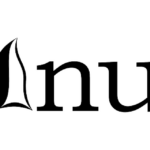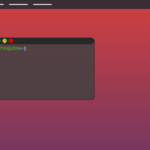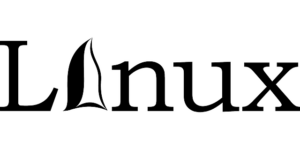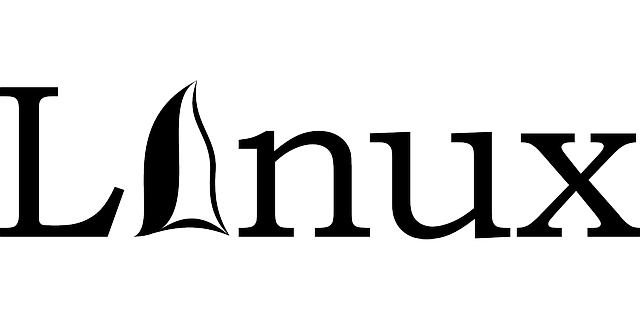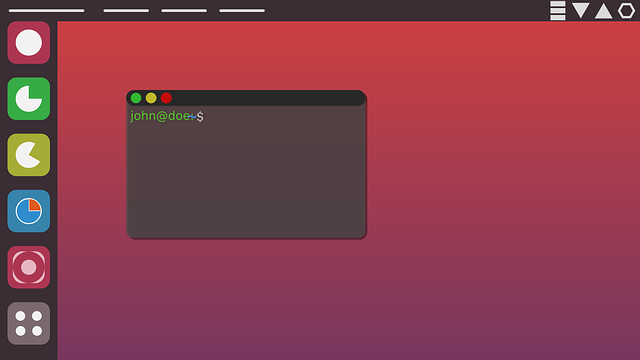Linux's package management systems like YUM and ZYG are crucial for streamlining the development of computer vision applications, offering a simplified way to install and manage dependencies and utilize libraries such as OpenCV, TensorFlow, and PyTorch. These tools ensure compatibility with a wide range of hardware and facilitate the deployment of complex data analysis pipelines and real-time processing on distributions including Ubuntu, Fedora, Debian, RHEL, CentOS, and Fedora. The package managers handle project dependencies effectively, allowing developers to focus on the intricate tasks of image processing, feature extraction, and pattern recognition. They provide access to pre-compiled binaries and source code for specialized libraries, which is particularly beneficial for niche computer vision tasks. This setup not only supports innovation in the field but also enables rapid prototyping and efficient deployment of machine perception technologies on Linux platforms, making it an ideal environment for professionals and enthusiasts in computer vision. ZYG, integrated with SaltStack, offers advanced functionalities that automate package deployments and monitor system health across multiple systems, ensuring high-performance and scalable computer vision applications on Linux.
Diving into the realm of computer vision, Linux emerges as a powerful ally, offering robust package management systems that streamline the integration of advanced algorithms and libraries. This article serves as a comprehensive guide to leveraging Linux’s full potential in complex computer vision tasks. We will explore the intricacies of APT and DPKG for Debian-based distributions, and delve into the efficiencies of YUM and ZYG (SaltStack) for Red Hat derivatives. By mastering these package management tools, you’ll unlock a plethora of resources to enhance your computer vision projects on Linux.
- Leveraging Linux for Advanced Computer Vision Tasks: An Overview of Package Management Capabilities
- Navigating the Depths of APT and DPKG: Efficient Package Management on Debian-Based Linux Distros for Computer Vision Projects
- Exploring YUM and ZYG (SaltStack): Effective Package Management Solutions on Red Hat-Derived Systems for Enhanced Computer Vision Applications
Leveraging Linux for Advanced Computer Vision Tasks: An Overview of Package Management Capabilities
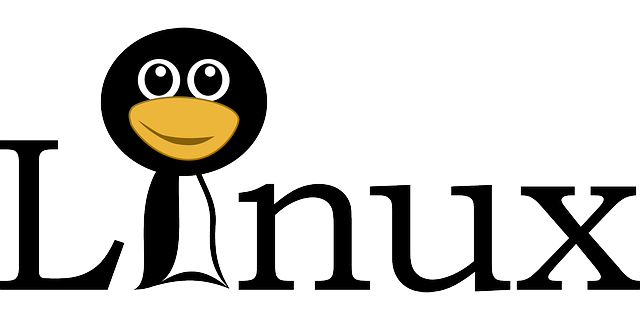
Linux’s robust package management system is instrumental in facilitating advanced computer vision tasks, providing a seamless integration of libraries and tools that are crucial for developing high-performance computer vision applications. Users can harness the power of distributions like Ubuntu, Fedora, or Debian to install necessary dependencies, frameworks such as OpenCV, TensorFlow, or PyTorch, and even custom models with just a few commands. This ease of use is complemented by the extensive repositories that host a multitude of packages, ensuring compatibility across different hardware setups. The package management capabilities of Linux are particularly noteworthy for their ability to maintain project dependencies, allowing developers to focus on the intricacies of image processing, feature extraction, and pattern recognition without the overhead of managing software versions and interdependencies.
Furthermore, the modularity of Linux package management empowers computer vision developers to construct complex pipelines and perform real-time data analysis with minimal configuration. The availability of pre-compiled binary packages or source code for specific libraries means that even highly specialized tasks can be addressed with a combination of existing tools. This environment encourages innovation and rapid prototyping in the field of computer vision, making Linux an ideal platform for professionals and hobbyists alike who wish to push the boundaries of what is possible through image understanding and machine perception technologies.
Navigating the Depths of APT and DPKG: Efficient Package Management on Debian-Based Linux Distros for Computer Vision Projects

Exploring YUM and ZYG (SaltStack): Effective Package Management Solutions on Red Hat-Derived Systems for Enhanced Computer Vision Applications
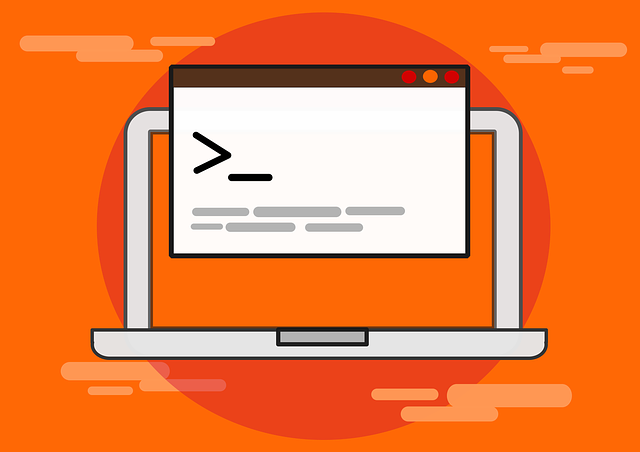
Computer vision applications on Linux systems, particularly those derived from Red Hat, benefit significantly from robust package management solutions. YUM, which stands for Yellowdog Updater, Modified, is a powerful package manager that serves as the cornerstone of software distribution and maintenance on these platforms. It simplifies the installation, update, and removal of software packages, ensuring that developers can efficiently manage dependencies and system updates. YUM integrates seamlessly with Red Hat Enterprise Linux (RHEL) and its derivatives, such as CentOS and Fedora, providing a stable and reliable environment for developing complex computer vision algorithms.
In the realm of package management, ZYG, specifically developed by the creators of SaltStack, emerges as an alternative to YUM that offers additional capabilities tailored for SaltStack environments. ZYG enhances package installation and management processes by leveraging Salt’s configuration management and orchestration features. This integration allows for the deployment of computer vision applications at scale, with ZYG handling package states across multiple systems efficiently. The use of ZYG in conjunction with SaltStack enables IT administrators to automate package deployments, apply configurations consistently, and monitor system health, all of which are critical for maintaining high-performance computer vision systems on Linux. With its focus on streamlining operations and reducing manual intervention, ZYG is an invaluable tool for those deploying and managing computer vision applications within Red Hat-derived systems.
Computer Vision with Linux harnesses the robust package management systems available, which are pivotal for deploying and maintaining complex algorithms efficiently. This exploration of APT and DPKG in Debian-based distributions, alongside YUM and ZYG (SaltStack) on Red Hat derivatives, underscores the versatility and reliability of these tools within the Linux ecosystem. Users can seamlessly integrate and manage various libraries and dependencies, which is crucial for the intricate demands of advanced computer vision tasks. By leveraging these systems, developers can accelerate innovation, ensuring that their projects are built on a solid foundation of up-to-date and well-maintained software components. The comprehensive overview presented here demonstrates that Linux, with its extensive package management capabilities, stands as a formidable platform for the future of computer vision endeavors.



